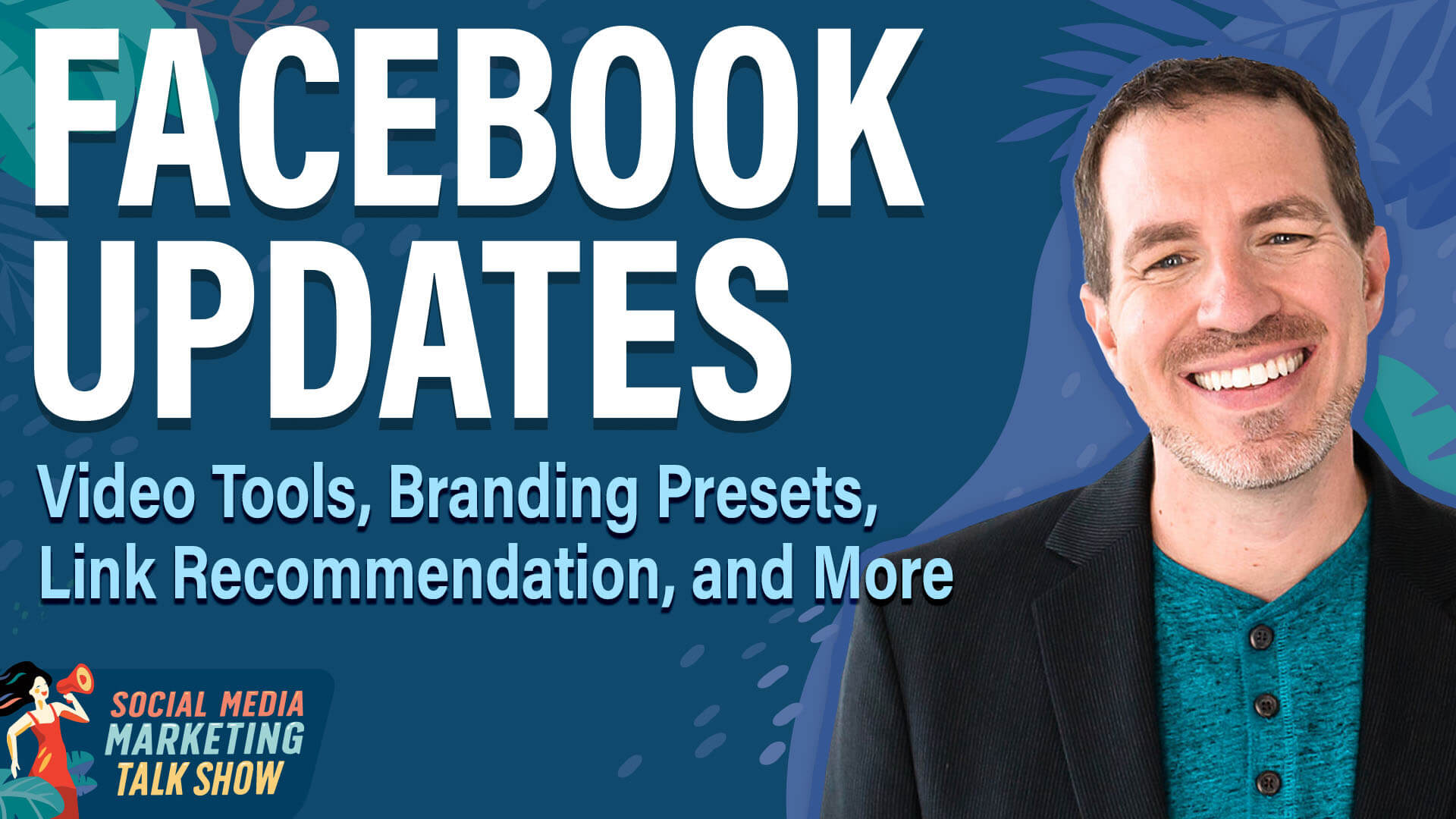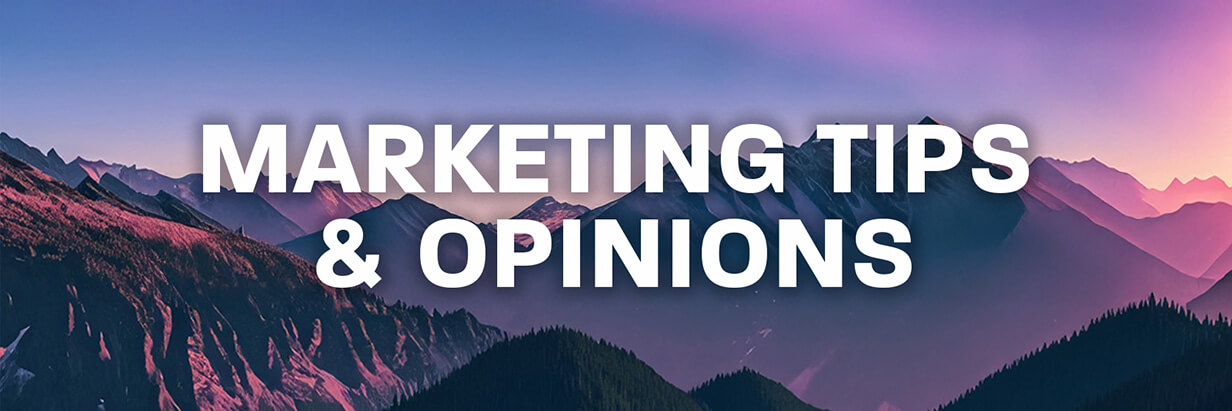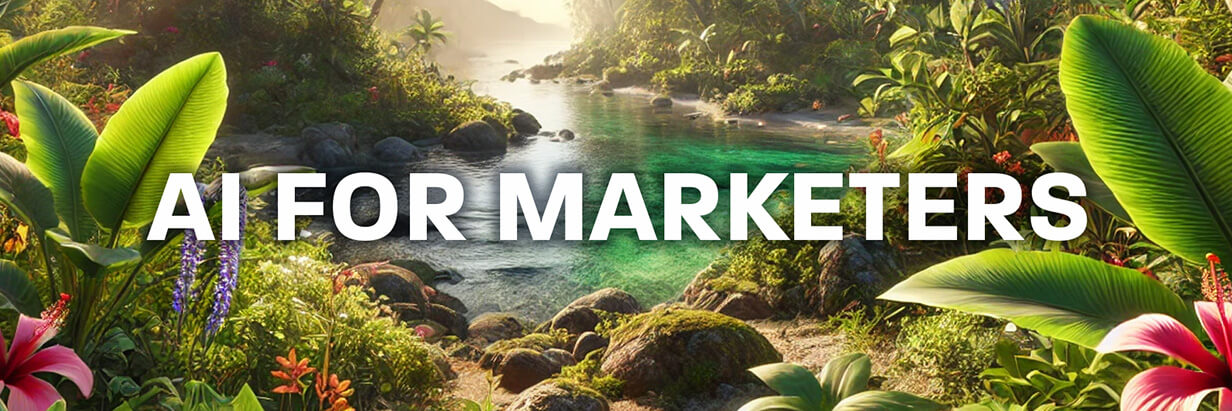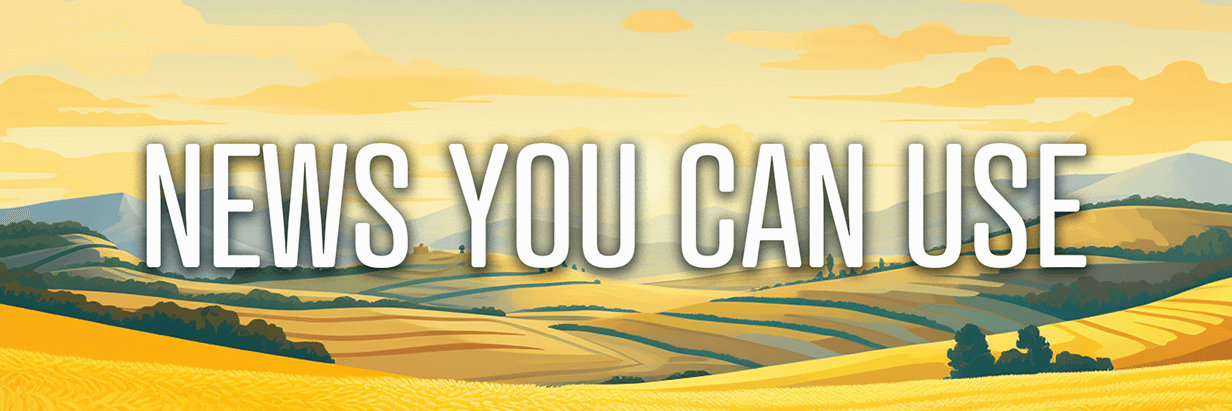
On this week's Social Media Marketing Talk Show, host Jerry Potter breaks down the latest Facebook news and what it means for marketers like you.
All Facebook Video Becomes Reels
Facebook has implemented a major change by converting all video content into its Reels format, creating a unified upload flow to eliminate the confusion around choosing between regular video posts and Reels.
The change addresses a longstanding user experience problem. When Reels first launched on Facebook, finding the upload interface was challenging for users on both mobile and desktop platforms. The new system streamlines this process by directing all video content to the same destination, regardless of format specifications.
Under this new system, Facebook supports all video lengths and orientations without restrictions. The platform can accommodate extremely long content—potentially up to four hours in length—meaning you could theoretically upload a four-hour Reel if that represents the current maximum video limit.
The format flexibility extends to orientation as well. Whether you upload landscape or portrait videos, everything flows through the same upload process. However, landscape videos will be cropped to fit the feed format when they appear in the feed. Users maintain the ability to rotate their phones sideways to view landscape content in its proper orientation.
Under this new system, privacy and audience settings from traditional feed posts apply directly to Reels, so uploading a video doesn't automatically make it public or push it to wider audiences. The platform includes prompts to confirm privacy settings when necessary, ensuring you maintain control over your content distribution.
The video tab on Facebook pages has been rebranded as the Reels tab, completing the transition. Over the past few weeks, the change has been gradually rolling out worldwide to both personal profiles and business pages.
This unified approach creates both opportunities and considerations for marketers. While Instagram announced a similar change previously, they specified that shorter videos under their length limits would receive increased reach and exposure to new audiences who weren't already following the account. Facebook has made no official announcement about similar reach preferences, creating an important testing opportunity for marketers. Facebook's approach to video length and reach may differ from Instagram's, making it crucial for marketers to test different video lengths and monitor their performance under the new system.
Meta's AI-Powered Video Editing Tool
Meta has introduced an AI-powered video editing tool that's currently being rolled out in the United States and more than a dozen other countries.
The tool operates in three different environments. First, you can access it directly through the Meta AI app. Second, it's available on the web through the Meta AI platform. Third, the functionality is integrated into the Edits Mobile app, which Instagram uses for video editing purposes.
The system offers over fifty AI styles that can be applied to ten-second video clips, requiring no editing skills from users. These automated transformations include effects like comic book styling, soft focus dreamy filters, and fluorescent video game aesthetics.
Meta is currently offering this tool for free, but they've specified this is for a limited time only. This pricing strategy follows a pattern across the industry: companies introduce advanced AI features at no cost to encourage adoption and gauge user value, then transition to paid models once the processing costs and user demand are better understood.
The editing process integrates seamlessly with Meta's publishing workflow. Once you've applied AI effects to your video clip, you can share the content directly to Facebook, Instagram, or the Discover feed without leaving the application. This streamlined approach removes multiple steps from the traditional editing-to-publishing process.
For marketers, the tool represents an opportunity to become pattern disruptors in their content approach. By being among the first brands to use these distinctive visual styles, you can stand out in feeds where audiences have become accustomed to seeing similar content formats repeatedly.
Consider the lifecycle of popular social media effects and memes—they often become oversaturated within days or weeks. Being an early adopter of these AI visual styles could position your brand as a trendsetter before the effects become commonplace.
The tool shows particular promise for businesses with visual products or behind-the-scenes content. If you operate a bakery, craft business, or any enterprise where you regularly capture short clips of your work process, this tool could automatically transform basic footage into engaging content. Similarly, product demonstration videos or simple product showcases could benefit from these AI-enhanced visual treatments.
Even basic smartphone footage of products or services—material that might otherwise sit unused on your device until storage space becomes an issue—could be quickly transformed into polished, shareable content through this AI processing system.
Branding Presets for Ads
Meta has introduced branding presets within Meta Ads Manager, providing marketers with a centralized system for maintaining brand consistency across advertising campaigns. This feature addresses the common challenge of ensuring visual and messaging consistency, particularly in organizations where multiple team members manage advertising efforts.
The branding presets system allows you to save and reuse key brand elements, including logos, color schemes, fonts, and even tone of voice guidelines. Once configured, these presets can be applied to ad creative during the campaign setup process, ensuring consistent brand presentation across all advertising efforts.
This functionality mirrors capabilities that have become standard in design tools like Canva, but integrating it directly into Meta's advertising platform eliminates the need to transfer brand guidelines between different tools and systems manually.
The system offers intelligent suggestions based on your existing advertising history and connected assets. Meta can analyze past advertisements, website URLs, Facebook pages, and connected Shopify accounts to suggest appropriate branding elements. This means you don't necessarily need to manually input specific hex codes for brand colors or upload every brand asset individually.
The presets become accessible during the ad setup process, allowing team members to maintain brand consistency even if they don't have detailed knowledge of specific brand guidelines. This is particularly valuable for businesses where advertising responsibilities are distributed among multiple team members or departments.
Beyond ensuring consistency, the system also speeds up the ad creation process by eliminating the need to locate and apply brand elements for each new campaign. This efficiency gain becomes more significant as advertising volume increases or when running multiple campaigns simultaneously.
The feature represents Meta's recognition that maintaining brand consistency across advertising campaigns has become a significant operational challenge for many businesses, particularly those scaling their advertising efforts or working with multiple team members on advertising creation.
More Features, Tools, Changes, and Updates Discussed Include:
-
Copyright-Checking Tool Updates
-
Unoriginal Content Reach and Monetization
-
AI Video Generation 2.0 and Video Highlights
-
External Link Placement Recommendations
-
Music for Text-Based Posts
-
Facebook Passkeys
Watch it on YouTube P.S. Add
into your contacts list. Use Gmail?
We publish updates with links for our new posts and content from partners. Your information: Email:
Opted in on: 2021-09-06 17:20:47 UTC.








